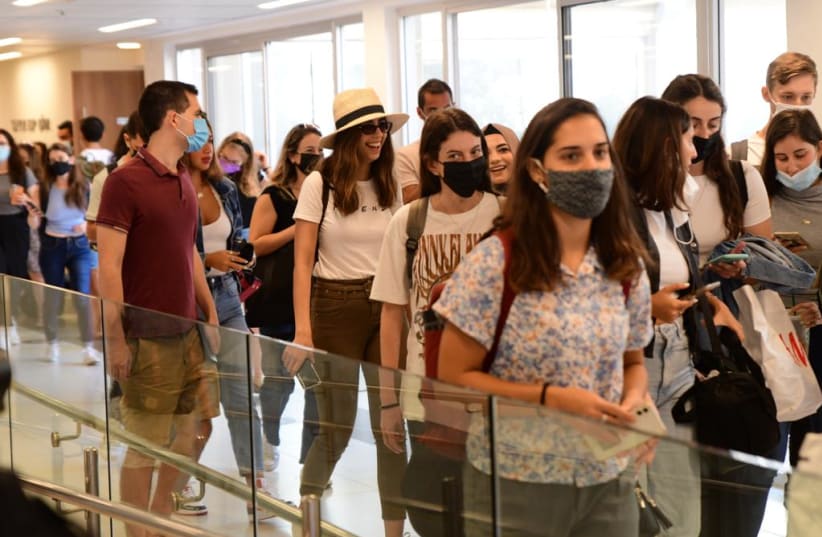In the current academic year, a total of 15,350 haredi students are enrolled in higher education institutions, accounting for 4.6% of all higher education students in Israel (relative to 13% of the population). They still constitute a minority of the haredi population. What happens with these young people?
In a recently published study, I attempted to address the following questions: What challenges do haredi students face in seeking to integrate into academia? And what can be done to improve their integration?
Their successful integration into academia depends to a large extent on the selected field of study and institution. At this stage, salient issues include a lack of knowledge and understanding as to what academic studies are, an absence of role models, the need to complete core studies, and the limited selection of fields of study at gender-segregated institutional facilities. Personal guidance, academic and career counseling, the management of expectations, and the availability of additional fields of study, particularly for men, would be beneficial in this regard.
Those already enrolled must cope with large knowledge gaps (particularly among men, and in English), a lack of academic study habits, and a need for social-emotional and financial support.
The institutions lack knowledge regarding the actual use of the assistance they offer, its quality, and its suitability to students’ needs. There is a need for institutions to be proactive in offering comprehensive assistance, assessing it, establishing personal contact with the students, providing more extensive financial assistance, and identifying effective ways of improving English proficiency.
Another significant challenge is the dropout rate, which could be reduced by identifying problems such as learning disorders at an early stage and offering suitable solutions. Those who have already dropped out could be offered study and employment integration tracks.
Academic studies for haredim are considered a means for their employment integration. Despite this, haredi students receive little preparation for employment integration, the tools that are available are usually not adapted to the needs and characteristics of the haredi population, and there is a dearth of practical and emotional preparation. Likewise, after completing their studies, they face a lack of assistance in finding employment.
In sum, the study points to the importance of the pre-enrollment phase for the successful pursuit of academic studies themselves; there is a notable need for increased financial assistance and continuous dialogue between students, institutions and the Council for Higher Education so as to identify needs and provide suitable solutions; and there is a striking gap between the recognition of academic studies as a means to employment integration, on the one hand, and the inadequate assistance and lack of guidance in navigating this complex process, on the other.
Translated by Merav Datan.
